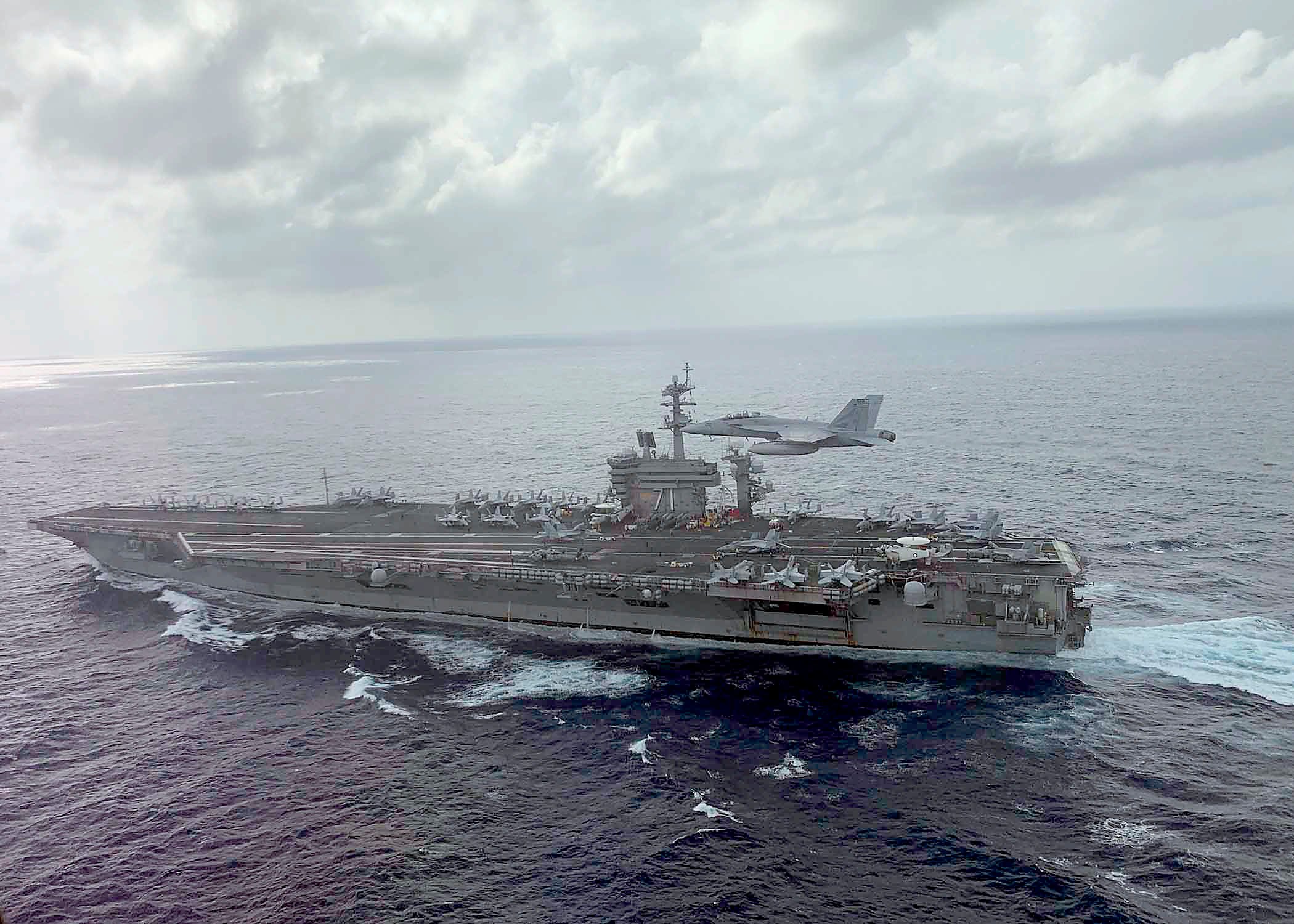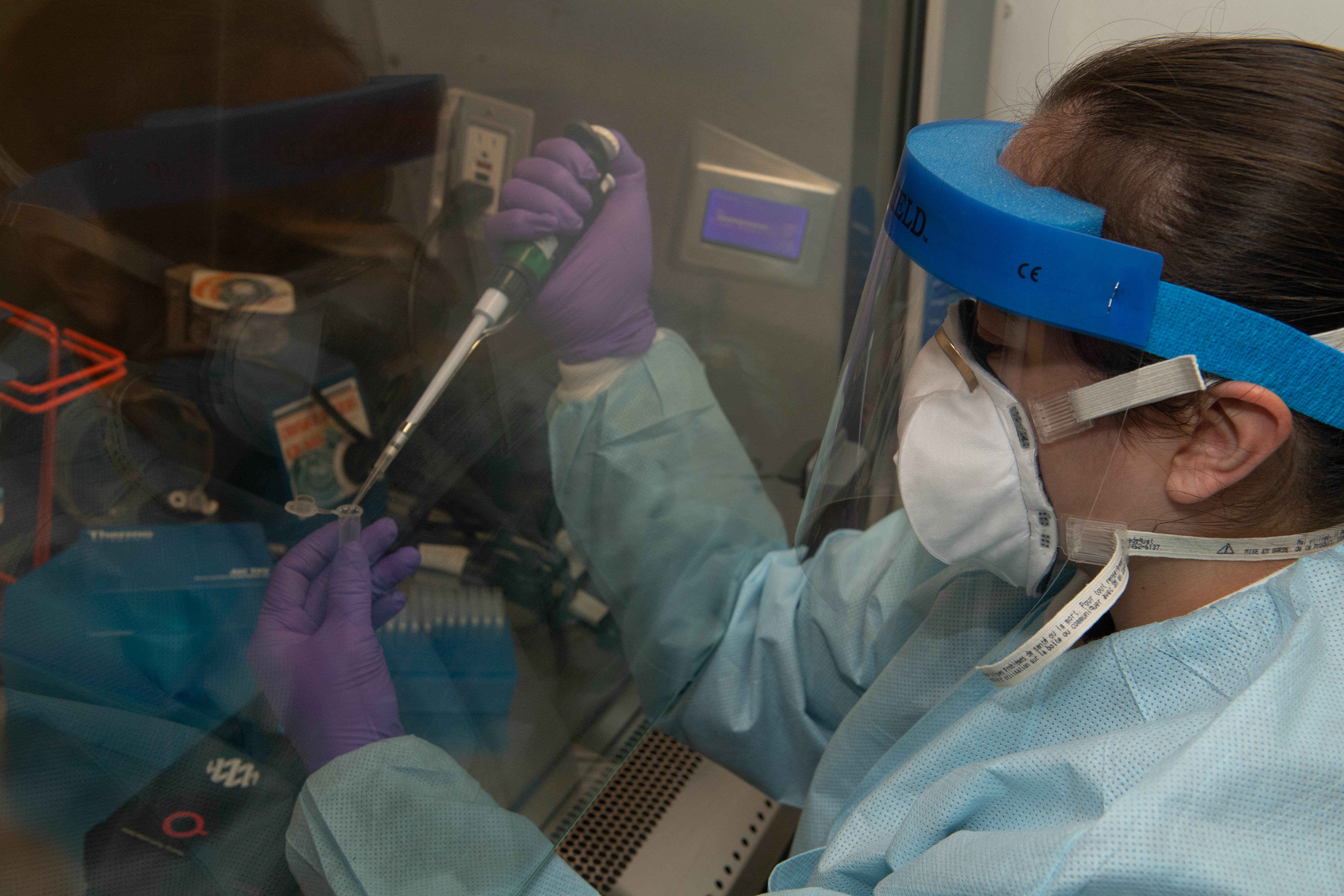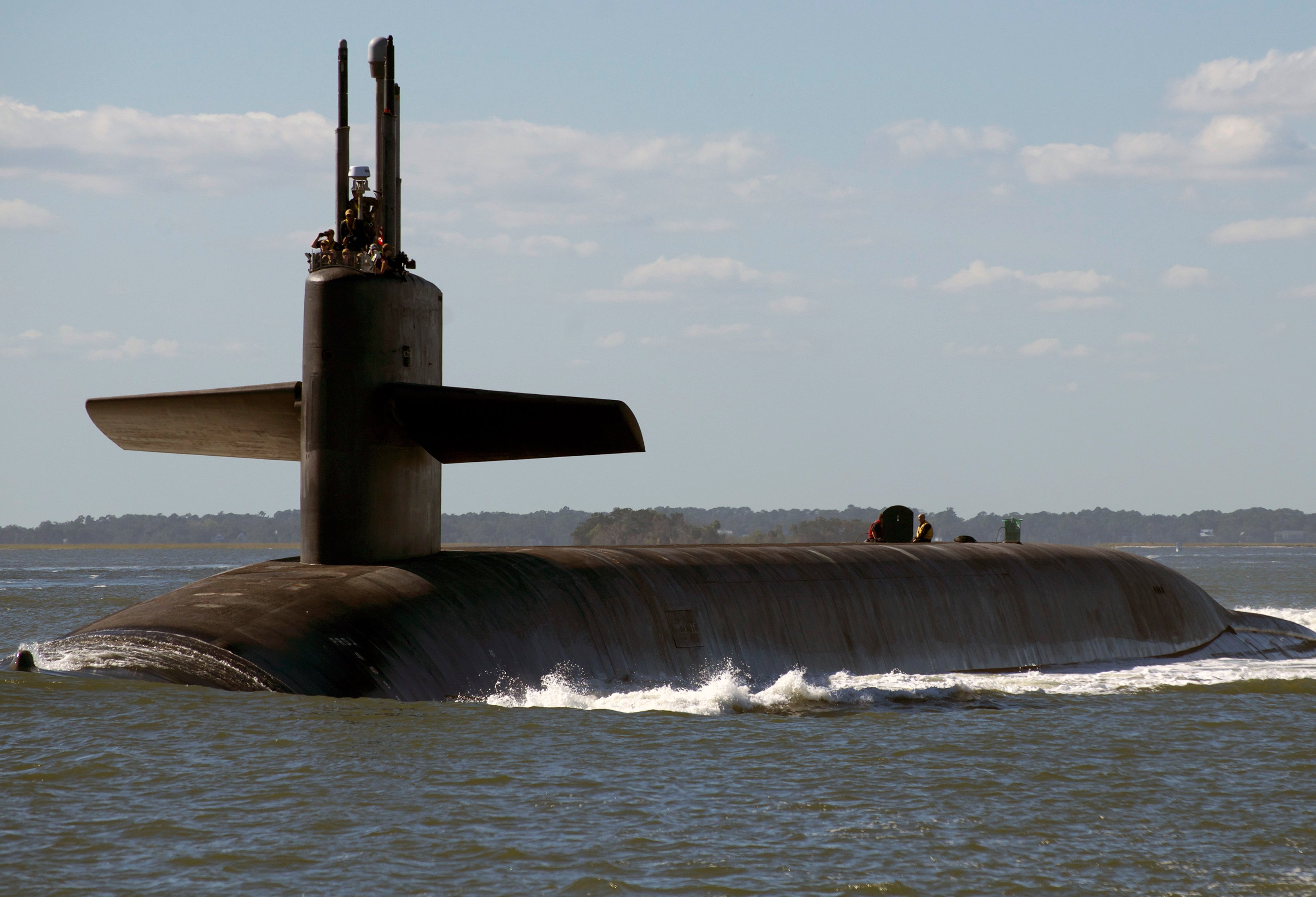
This post has been updated to reflect that additional COVID-19 cases have been discovered aboard USS Theodore Roosevelt (CVN-71)
THE PENTAGON – Three sailors aboard USS Theodore Roosevelt (CVN-71) have tested positive for COVID-19 and are being flown off the aircraft carrier to a Defense Department hospital in the Pacific region. These are the first cases of sailors on a deployed ship testing positive for the virus.
Acting Secretary of the Navy Thomas Modly said the three were being removed from the ship as soon as possible after the positive diagnosis, and any sailors who have been in contact with them recently are being put in quarantine.
“This is an example of our ability to keep our ships deployed at sea underway even with active COVID-19 cases,” Modly said.
On Wednesday, The Wall Street Journal reported five additional cases had been discovered on the aircraft carrier.
Chief of Naval Operations Adm. Mike Gilday declined to say where the carrier was now or what DoD hospital the sailors were flown to. Recent images show the carrier in the Philippine Sea, where it conducted at-sea exercises with Marine Corps and Air Force assets last week.
While an aircraft carrier is the most spacious ship in the fleet, more than 5,000 sailors are packed into the ship.
The Navy is still investigating how the outbreak on Theodore Roosevelt could have started. Gilday said it was unclear where the virus came from – the ship made a port call to Da Nang, Vietnam, 15 days ago, but aircraft have been coming and going with people and supplies.
“In the case of the carrier, she was last in port 15 days ago, but I think it would be difficult to tie down these active cases to that particular port visit. We’ve had aircraft flying to and from the ship, and so we just don’t want to say it was that particular port visit. We took great precautions when that crew came back from that shore period to do enhanced medical screening of the crew,” Gilday told reporters today in the Pentagon.
“We are moving very quickly to isolate those cases. In those cases, those sailors are running a temperature and they have some body aches, but we wouldn’t necessarily characterize them as requiring hospitalization. But they’re positive, those three cases. So we are rapidly removing them from the ship, and we are understanding who they came in contact with over the recent days and weeks so we can begin to take a look inside the ship, how we can isolate and contain as best we can.”

Gilday added that the carrier has the capability to test for influenza to rule that in or out as a diagnosis. The carrier also has the ability to swab for COVID-19 and fly the swabs off the ship to the nearest DoD medical facility for testing, which takes just four to six hours after the swab arrives.
U.S. Indo-Pacific Command on Feb. 27 instituted a policy of requiring 14 days between port visits, to ensure U.S. Navy ships weren’t spreading the disease around the Pacific. It was around that time that INDO-PACOM Commander Adm. Phil Davidson allowed Theodore Roosevelt to proceed with its planned port visit to Da Nang, which was significant given that Vietnam only allows one warship per country to visit its ports each year.
“At that particular time when the decision was made in late February or early March to pull the ship into Da Nang, which is on the central coast – at that time there were only 16 positive cases in Vietnam, and those were well to the north, all isolated in Hanoi. And so this is a very risk-informed decision by actually the INDO-PACOM commander Adm. Davidson on whether or not we would proceed with that port visit,” Gilday said.
“After the port visit we conducted a 14-day isolation period; we just hit day 15” today, the CNO added.
He told USNI News that the Navy is taking a hard look at how the sailors on Theodore Roosevelt could have contracted the disease so that the sea service can implement best practices for the 100 other ships deployed around the globe today.
“In each of these cases, whenever we have a positive on any ship or in any unit, we’re doing the forensics on each one of those cases and trying to understand what kind of best practices or the do’s and the don’t’s we can quickly promulgate fleet-wide. So I don’t have a better answer for you other than to say we’re on it,” he told USNI News during the question and answer session.
Still, port visits have been canceled, with deployed ships only being allowed to pull into a port if they need repairs or resupply. Even then, crew are restricted to the pier and cannot venture out into the port city.

Gilday said the service is taking particular care with the crews on its ballistic missile submarines (SSBNs), which conduct nuclear deterrence missions globally. Those crews are seeing enhanced medical screenings before heading out to sea for training or deployment, including a 14-day period of restricted movement to monitor for any emerging symptoms.
The submarine force has seen zero cases of COVID-19, Gilday made clear.
“We have not missed any operational commitments in the Navy at this time. The impacts to readiness force-wide have been low, but that’s not to say that this couldn’t spike at any given time,” the admiral said.
“We continue to watch this very closely, every ship, squadron and submarine.”
All told, the Navy has 86 active cases of COVID-19 as of today: 57 are Navy military personnel, 13 are Navy civilians, 11 are dependents and five are Navy contractors, Modly said during the event.
Despite those cases, “our ships are sailing, our planes are flying, and training is still happening to safeguard our U.S. national interests and those of all our allies and partners around the world.”





